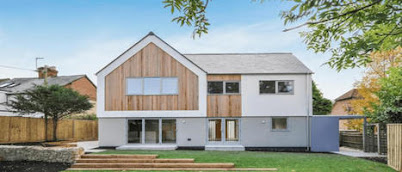All utilities are easily integrated into the walls of a timber frame house, allowing for space savings and a sense of spaciousness. Concrete houses, on the other hand, due to their vast size, restrict residential living area. Unlike some materials, which require cushioning grommets to protect cable insulation during installation and limit long-term damage to plumbing owing to expansion and contraction or corrosion, Timber Frame house can be easily drilled to attach plumbing and electrical cables. Each frame building style has its own set of disadvantages, and many people worry that timber frame houses will not be as long-lasting as concrete constructions. Because it has a greater R-value than many other materials, timber framing helps insulate your home. This implies it does not function as a 'thermal bridge,' transferring energy (heat) from one side of a wall to the other. A timber wall cannot be compared to a concrete wall in terms of durability because lumber is more vulner...



Comments
Post a Comment